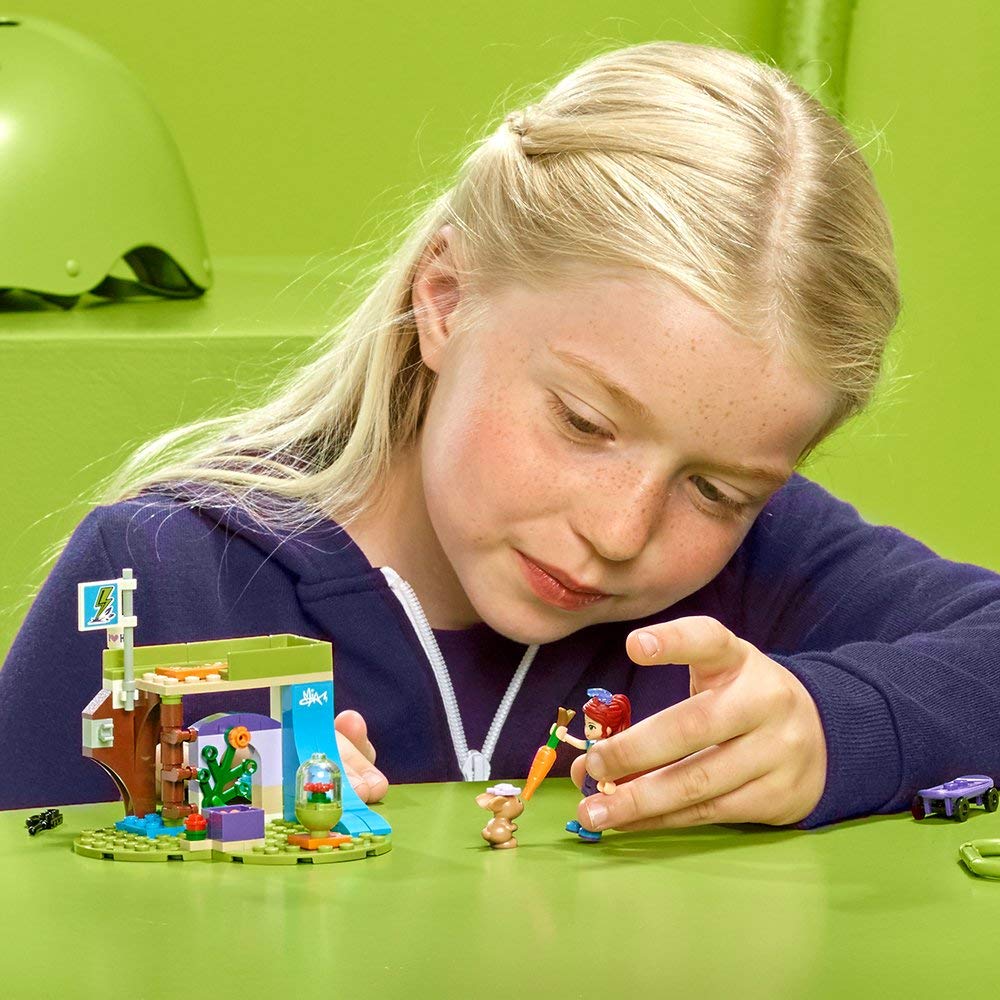The time has come – your teen is officially ready to get behind the wheel. For many parents, this is an exciting but frightening time. For teens, it’s often the freedom they have been yearning for. While you both manage these emotions, you must take an active role in teaching your child how to properly operate a car. It goes beyond knowing how to yield or do a three-point turn. What you really want to instill in your teen driver is the importance of staying alert on the road and avoiding distractions. Motor vehicle accidents are most common among teenagers between 16 and 19 years of age – more than any other age group. The risk of an accident is even higher for drivers who have recently obtained their license. With this in mind, you want to do everything you can to ensure your teen will be safe on the road.
Be the Example You Want to See
One great way to start is by setting a good example for your teenager early on. When you are in the driver’s seat, make sure to follow all the rules and practice safe driving techniques. In turn, this will encourage your child to do the same when he or she is behind the wheel. If you exhibit poor and dangerous driving habits such as texting while driving and cutting drivers off, it sets a precedent for your teenager to mirror the same behavior. To promote positive driving behaviors, take note of how you can improve your driving and start displaying the behavior you would want your teen to follow.
Once you start taking the road with your teen driver behind the wheel, make sure you provide positive feedback. Driving on the road can be frightening for teen drivers. Until they have built up the confidence, be their cheerleader. Praise them for making smart and cautious driving decisions. When it comes to critiquing a negative behavior, such as speeding, consider the manner in which you present this critique. Instead of saying something like, “No! That’s not how you switch lanes. You’re doing it wrong,” allow them to realize it for themselves. This can mean asking if they looked in their rearview mirrors or put their blinkers on before switching lanes.
The goal of this subtle corrective approach is not to add to their fear but instead, provide a safe space where they can learn from their mistakes and remain aware of their surroundings. Taking it a step further, it’s important to encourage self-reflection and awareness after a lesson. Once you have returned home, ask your teens to describe what they need to work on and scenarios in which they could have acted differently. This can help them take note of needed improvements.
Know When to Seek Professional Help
If you’re apprehensive about driving with your teen driver, that’s understandable. There’s another option: enroll your teen in a driver’s education program. In most states, the program is mandatory to obtain a learner’s permit. Through the course, teen drivers will participate in a classroom portion to learn driving concepts and laws, along completing a behind-the-wheel portion for hands-on experience. With the guidance of a licensed instructor, teenage drivers can learn how to safely operate a vehicle and what habits to avoid.
Practice in Not-So-Perfect Conditions Makes Perfect
While on the topic of habits, many parents follow the same driving routine when teaching their teens how to drive. However, drivers are exposed to various traffic conditions on a regular basis. As such, it’s important to expose your teenager to some of them while you are there to supervise. Situations like driving in the rain, at night or a crowded highway come with their own set of challenges – and you do not want them facing this for the first time alone. With this in mind, you should prepare them for these types of situations and offer guidance as needed. This will help your teen driver gain confidence and become more comfortable on the road.
Furthermore, your newly licensed teen should also know how to proceed in the case of a flat tire or car accident. This will give both of you the peace of mind in knowing they will know what to do in the case of an emergency. For instance, changing out a flat tire should only take a few minutes. However, a clueless driver may spend hours stranded on the side of the road as they wait for someone to pick them up. A simple solution to this scary scenario is having them perform this step during their training period. The steps to complete various car repairs can be found online. Once they are familiar with the information, have them practice on your vehicle until they are comfortable. This can also be applied to learning how to change the oil or windshield wipers.
Ultimately, helping your teen become a better driver can seem daunting for both of you. However, by using some of these simple steps, you can be confident your teenager will be ready to drive on their own.




